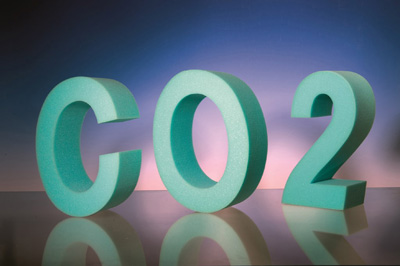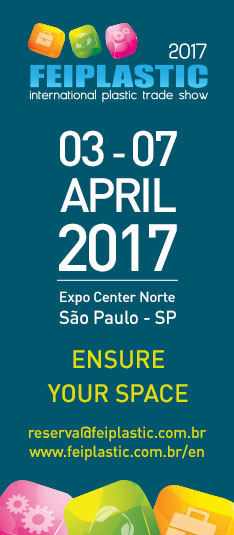
| Plastics News |
Covestro demonstrates the potential of plastics made from CO2 at K 2016
Cuddling up on carbon dioxide? Is that even possible? It will be soon, because the first mattresses and upholstered furniture made with CO2-based foam are to come on the market before the end of the year, made possible by the innovative force of Covestro. But the materials manufacturer is already launching the next phase and at K 2016, the world’s largest plastics trade fair taking place this October in Düsseldorf, the company will be demonstrating that even elastomers can now be made with CO2. Elastomers are found in such things as seals and hoses for motor vehicles. “Carbon dioxide is increasingly becoming a fully-fledged alternative raw material in the chemical and plastics industries,” said Dr. Christoph Gürtler, head of CO2 and Catalysis Research at Covestro. “We need to start acknowledging and using this climate gas as the useful carbon donor that it is. It will help the industry to reduce its dependency on petrochemical sources, such as petroleum, and to promote sustainability.” Covestro considers itself a pioneer in the field of CO2 exploitation, one of many areas in which the company strives to offer innovative solutions that make the world a brighter place. New, high-quality material Covestro is currently working in two collaborative projects on substituting CO2 for up to 25 percent of the petroleum in an elastomer precursor that is normally entirely petroleum-based. According to initial test results, the new material displays the same high quality as one made solely from petroleum. Its production is considerably more energy efficient, consumes less solvent and therefore boasts a significantly better eco-balance than conventional processes. As well as an elastomer exhibit, upholstered furniture made with CO2-based, flexible polyurethane foam will also be on display at the Covestro stand (Hall 6, Stand A 75). The company has developed a process to manufacture polyol, one of the foam’s components, with a carbon dioxide content of about 20 percent. A new plant for this process was commissioned at Covestro’s Dormagen site, outside Cologne, in June. Marketed under the brand name cardyon™, the novel foams are designed for both upholstered furniture and mattresses. Mattresses made with CO2 Belgian manufacturer Recticel wants to launch the first products on the market before the end of the year. “And that’s only the beginning,” said Dr. Karsten Malsch, cardyon™ project manager at Covestro. “Our products are generating a lot of interest among customers and will be making their way onto the market over the next few months.” At the same time, Covestro is driving research to further expand the use of carbon dioxide as a building block for plastics. For example, the company is collaborating with partners in industry and research to explore how CO2 can also be used as a component in insulating foam and other products of the plastics industry. Covestro’s activities in the field of CO2 as a source of carbon are based in part in Europe, where the company receives support from the European Institute of Innovation and Technology (EIT). In this partnership, Covestro is a major contributor to the innovation program enCO2re (Enabling CO2 Re-Use), which aims to network leading European stakeholders in the field to promote the technology. enCO2re will be exhibiting CO2-based materials for the first time at the trade fair’s Science Campus (Hall 7, Stand SC 19). With 2015 sales of EUR 12.1 billion, Covestro is among the world’s largest polymer companies. Business activities are focused on the manufacture of high-tech polymer materials and the development of innovative solutions for products used in many areas of daily life. The main segments served are the automotive, electrical and electronics, construction and the sports and leisure industries. Covestro, formerly Bayer MaterialScience, has 30 production sites around the globe and as of the end of 2015 employed approximately 15,800 people (full-time equivalents). Source: Covestro
|


